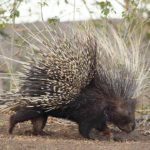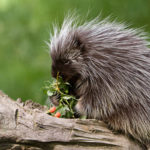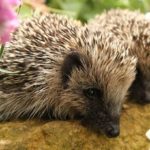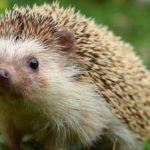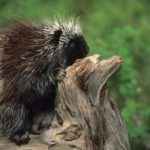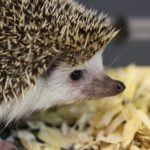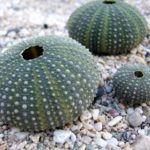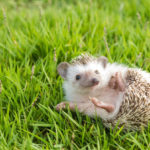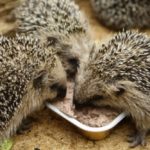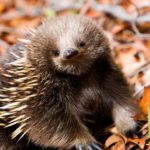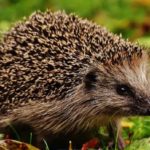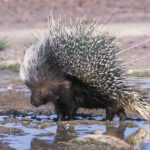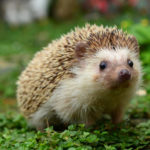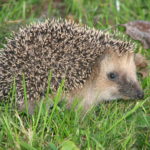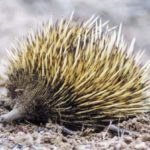18 interesting and fun facts about porcupines
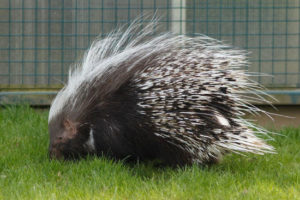 With the help of their needles, porcupines quite successfully protect themselves from predators who do not mind hunting them, but this natural defense does not always help. However, these rodents covered with needles are quite cunning, and they rarely come to dinner for carnivorous representatives of the fauna. Therefore, porcupines resort to needles, as a last resort, not so often, in most cases preferring to avoid trouble.
With the help of their needles, porcupines quite successfully protect themselves from predators who do not mind hunting them, but this natural defense does not always help. However, these rodents covered with needles are quite cunning, and they rarely come to dinner for carnivorous representatives of the fauna. Therefore, porcupines resort to needles, as a last resort, not so often, in most cases preferring to avoid trouble.
At birth, their needles are soft. But they acquire hardness quite quickly when these animals are still cubs.
In their burrows porcupines always maintain cleanliness and order. They build a bed of dry grass, and change it for fresh from time to time.
The official record for longevity among porcupines is 27 years old. On average, with proper care, they live for 20 years, which is noticeably longer than most other rodents.
Porcupine needles are hollow inside, they have nothing but air. This helps them to easily stay on the water, so these animals swim perfectly.
They have very, very sharp teeth, and very strong jaws. Porcupines easily cut through even steel wire.
If for some reason they lose some of their needles, they will soon grow new ones.
Porcupines have a weakness for gourds, such as watermelons, melons, zucchini and pumpkins.
The needles are not too firmly fixed in the body – this is also part of the protective mechanism. A predator risking an attack on a porcupine can easily remain with hundreds of needles sticking out of its muzzle, while its potential prey will successfully escape.
The record holder among all porcupines by the number of needles is its North American appearance, sometimes also called a slider. In an adult, up to 30 thousand needles grow on the body.
These animals can control their needles by lowering and raising them. The subcutaneous musculature system helps them in this.
Almost all species of porcupines are nocturnal.
The basis of their menu is a variety of plants, but sometimes they eat insects.
The length of the needle of porcupines can reach 30-40 centimeters. Moreover, their diameter at the base does not exceed 5-7 millimeters for the largest needles.
A variety of bacteria accumulate on the needles, so an injection of a porcupine with a needle can easily lead to serious inflammation.
Studies have shown that in fact, the ancestors of porcupines once had wool, but over millions of years of evolution, it has changed and turned into needles, a powerful protective weapon.
Porcupines lived in the Urals about 100,000 years ago, but due to climate change they became extinct in these parts.
Porcupine wool is not without now. They have a two-layer coat, and it includes both a soft undercoat and a hard outer coat.
The weight of the largest porcupines can reach 25 kg with a body length of 70-90 centimeters.

